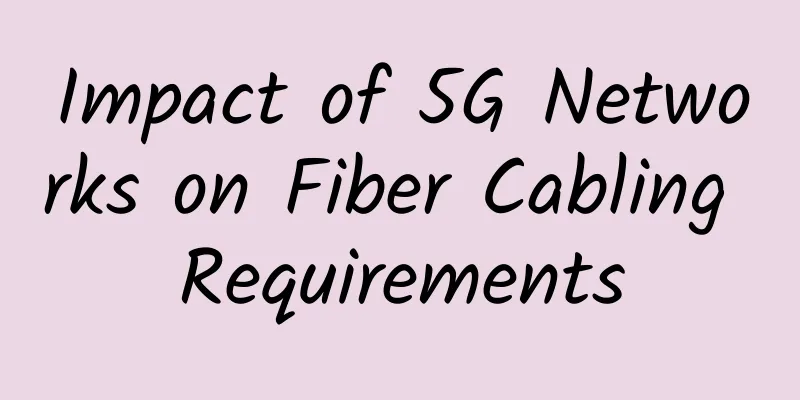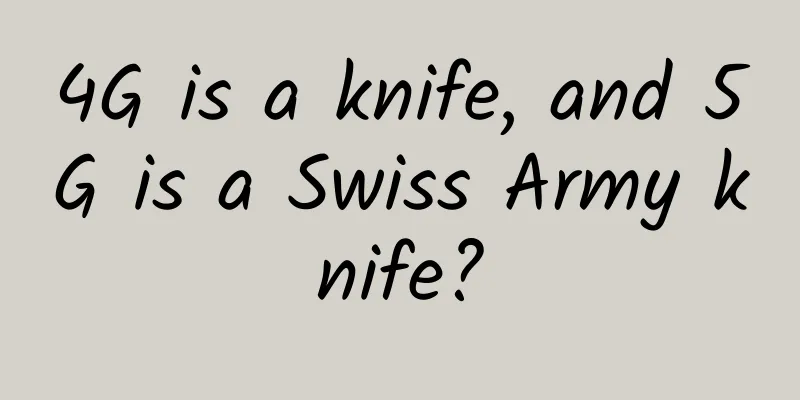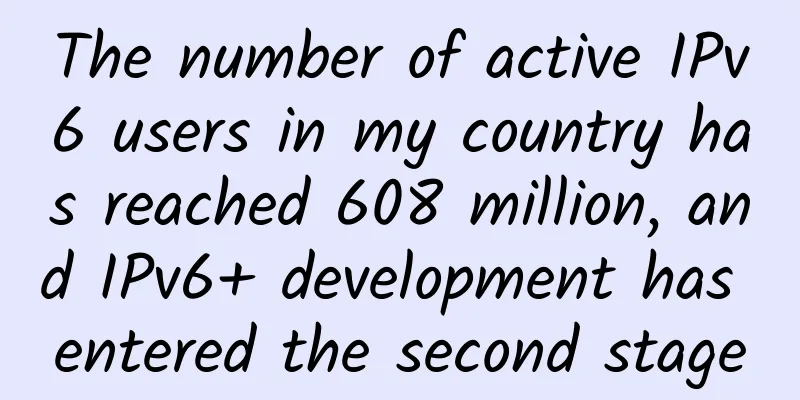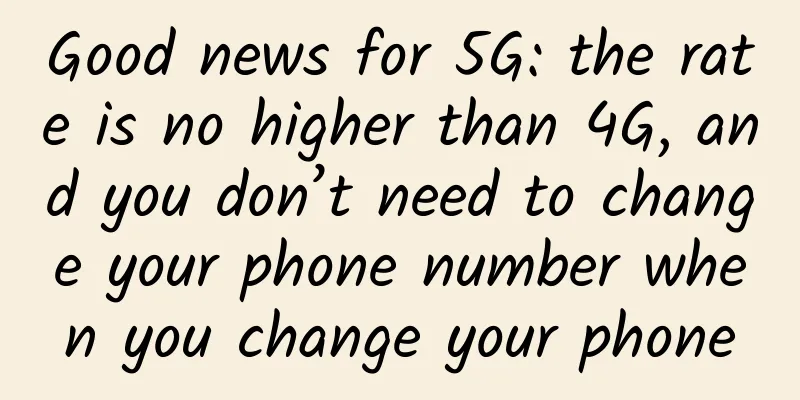Impact of 5G Networks on Fiber Cabling Requirements

|
By Kara Mullaley, Corning Inc.
5G networks promise to connect people and things through intelligent networks and applications, all of which generate massive amounts of data. They seek to deliver the best of all performance factors while connecting more devices. These network advances will drive and inspire a new wave of computing and technology innovation that will change the way we live and work. But before 5G becomes a reality, network infrastructure must be built to support the billions of devices and trillions of terabits of data that will flood the network. Next, let’s look at how 5G will impact fiber demand. The original cellular network functions were fairly simple, but with each generation, features, applications, and services have expanded, and the network infrastructure that supports them has become increasingly complex. To realize all the capabilities of 5G, a denser network infrastructure will be required to deliver key performance indicators: lower latency, longer battery life, higher data rates, ultra-high reliability, and more connected devices. Cellular capabilities have evolved from analog voice at 14.4 kbits per second to IoT connectivity at multi-gigabits per second. The next step in the evolution of wireless access to 5G will be very different from the previous steps. Why is 5G different?5G brings with it the vision of a truly connected society, with impacts that extend across nearly every industry. Just as the Internet of Things (IoT) will transform the economy and the way we live, 5G will do the same and create new economic opportunities. 5G smart buildings/cities/communities will provide more efficient services to citizens, increase cooperation between different economic sectors, and encourage innovative business models in both the private and public sectors. In healthcare, 5G will enable virtual medicine to greatly improve the effectiveness of preventive care and robotic surgery. Self-driving cars will help make transportation safer, parking easier, and improve traffic flow and congestion. The above opportunities depend heavily on real-time data, so the need for lower latency and higher bandwidth becomes more important. This, in turn, drives the need for edge computing to enable critical data to be transmitted quickly. Early development of cellular networks used macro towers utilizing low-tower spectrum that was able to cover a wide physical area, up to 25 miles apart (if topology allowed). However, towers could not be placed everywhere, and small cells and radio heads were increasingly deployed to bring radios closer to users. As small cells began to increase coverage and capacity of 3G and 4G deployments, the term "densification" was introduced. For 5G, unlike previous versions, a different set of frequencies will be used to implement new services. Sub-6 GHz will be used globally as the basis for mobile connectivity within city limits, while the higher parts of the spectrum (millimeter wave frequencies at 24 GHz and above) will be used for high-bandwidth coverage. This new higher-frequency band of spectrum inherently has greater distance coverage limitations. As a result, "densification" has taken on a whole new meaning. The range of a typical 4G macro cell in use today can theoretically cover 10 square miles (1 mile = 1.609 kilometers). 5G plans to have up to 60 small cells covering one square mile. As shown in the figure “Current 4G and Future 5G Networks,” the range of a typical 4G macro cell today can theoretically cover 10 square miles. 5G plans have up to 60 small cells covering an area of just 1 square mile. Actual deployment needs may vary, but the 1:600 ratio is a whole new level to consider. Fiber is the medium of choice for existing wireless backhaul networks, and even in networks where this is not the case, the wireless backhaul will eventually need to connect to a fiber backhaul. Fiber will also be the preferred choice for the so-called “fronthaul” that connects to a dense network of 5G small cells. Why is this? Among the many reasons fiber is the right choice is the increased speeds combined with lower attenuation, immunity to electromagnetic interference, compact size, and nearly unlimited bandwidth potential. The question becomes: “How many fibers are needed to support each cell?” The answer depends primarily on which technology protocol will be employed. Using our example of 60 cells per square mile, some estimates suggest that connecting them would require 8 miles of fiber optic cable. But wait, we need more information… Today, many operators are using the Common Public Radio Interface (CPRI) protocol for radio heads on macro towers to support a variety of cellular services (2G, 3G, and 4G/LTE). Traditionally, each sector and each frequency band received a dedicated pair (one fiber each for transmitting and receiving data). Operators can throw 24 or 36 fibers to a cell site and be confident that they have room to add capacity at that site. Operators will need to decide whether to retain point-to-point proprietary networks and protocols or opt for wavelength division multiplexing (WDM) solutions to reduce fiber requirements. Using a WDM solution, the same macro tower described previously can be served using only two fibers. Both approaches require trade-offs, and individual circumstances may lead to different decisions. As small cell densification develops (not only for future 5G needs, but also for existing 3G and 4G needs), the proliferation of fiber and connection points along these networks will grow rapidly. The opportunities brought by 5G depend heavily on real-time data, so reducing latency and bandwidth is more important than ever. If an operator chooses to serve a small cell with one, two, or twelve fibers, how does that affect costs? We know for sure that in the deployment of network infrastructure, it is much cheaper to add more physical capacity at the outset than to go back and add coverage. The incremental increase in cost as the number of fibers per cell increases is not as dramatic as you might expect. The jump from one fiber to twelve fibers increases costs by less than ten percent. Operators are trending toward a converged approach in the external plant where wireless networks overlap with wired deployments. We have seen this in metros for many years, and now fiber-to-the-home builds are being merged with wireless densification plans. Fiber demand continues to rise, driven by a cycle of consumer demand, new applications, and solid infrastructure. indoor5G will not only be used outdoors, its impact will also be felt indoors. 5G will "disrupt" many distributed antenna system (DAS) networks because antennas will need to be located much closer together compared to 3G and 4G deployments. Additionally, legacy infrastructure based on copper cabling will not be able to keep up with 5G bandwidth. To keep pace, smart buildings will undergo their own horizontal fiber conversion. Remember when an elevator door closed and all signal was lost? Since most cellular communications today occur indoors, many buildings have upgraded their cellular coverage so that these events are now few and far between. In line with consumer demand for seamless connectivity, DAS and small cells have enhanced cellular coverage within buildings and large public venues. In fact, wireless communications are often referred to in the industry as the fourth utility, as essential to a building as water, electricity, or HVAC. This trend will only continue as the demand for consumer connectivity persists. That’s not all. We’ve only briefly touched on the Internet of Things, but again, imagine sensors and devices on nearly every “thing” making them smart: utilities and lighting, refrigerators, trash cans, security systems, parking lots, etc. Add wearables and augmented reality, and you start to see the possibilities both indoors and outdoors. 5G will undoubtedly be an evolution of today's networks, but its impact could be even greater. In addition to being evolutionary, 5G is also potentially revolutionary. The possibilities are almost endless, but smart, deep fiber infrastructure is essential to realize this vision. (Compiled by Qianjia.com) |
Recommend
Alibaba's Cheng Chao: The ultimate development of the monitoring system is to achieve intelligence
[51CTO.com original article] Seven years of hard ...
It’s time to launch 5G applications
Recently, ten departments including the Ministry ...
HostKvm: Russia CN2 bandwidth upgrade, Russia/Hong Kong high-defense limited 50% discount is in progress
HostKvm is a foreign VPS service provider founded...
Why don't we use HTTP directly for calls between services but use RPC?
[[313073]] What is RPC? RPC (Remote Procedure Cal...
Why does TCP require three handshakes instead of two?
Hello everyone, I am the island owner Xiaofeng. T...
A Five-Star End-User Experience Requires Unified Digital Experience Management
Introduction To deliver a five-star digital exper...
Interviewer: What is your understanding of Git Rebase and Git Merge? What are the differences?
[[417941]] This article is reprinted from the WeC...
How to implement the national wireless standard through testing? NETSCOUT explained the implementation case in detail at the "Wireless LAN Test Specification" publicity meeting
[51CTO.com original article] On November 22, the ...
Want to save power on your 5G phone? Wake it up first!
With the development of 5G networks, everyone has...
Three major development trends of outdoor wireless networks in 2021
As the extraordinary year of 2020 draws to a clos...
Tips for installing and using wireless routers
How to install and use a wireless router? I belie...
What does the all-out war on IPv6 mean for China's Internet?
[[238041]] Image source: Visual China IPv4. What ...
Ethernet Technology Alliance announces completion of 800Gb Ethernet specification
The 800Gb Ethernet specification doubles the top ...
It is estimated that by 2025, China's 5G users will reach 739 million
In terms of annual mobile data consumption, it is...









